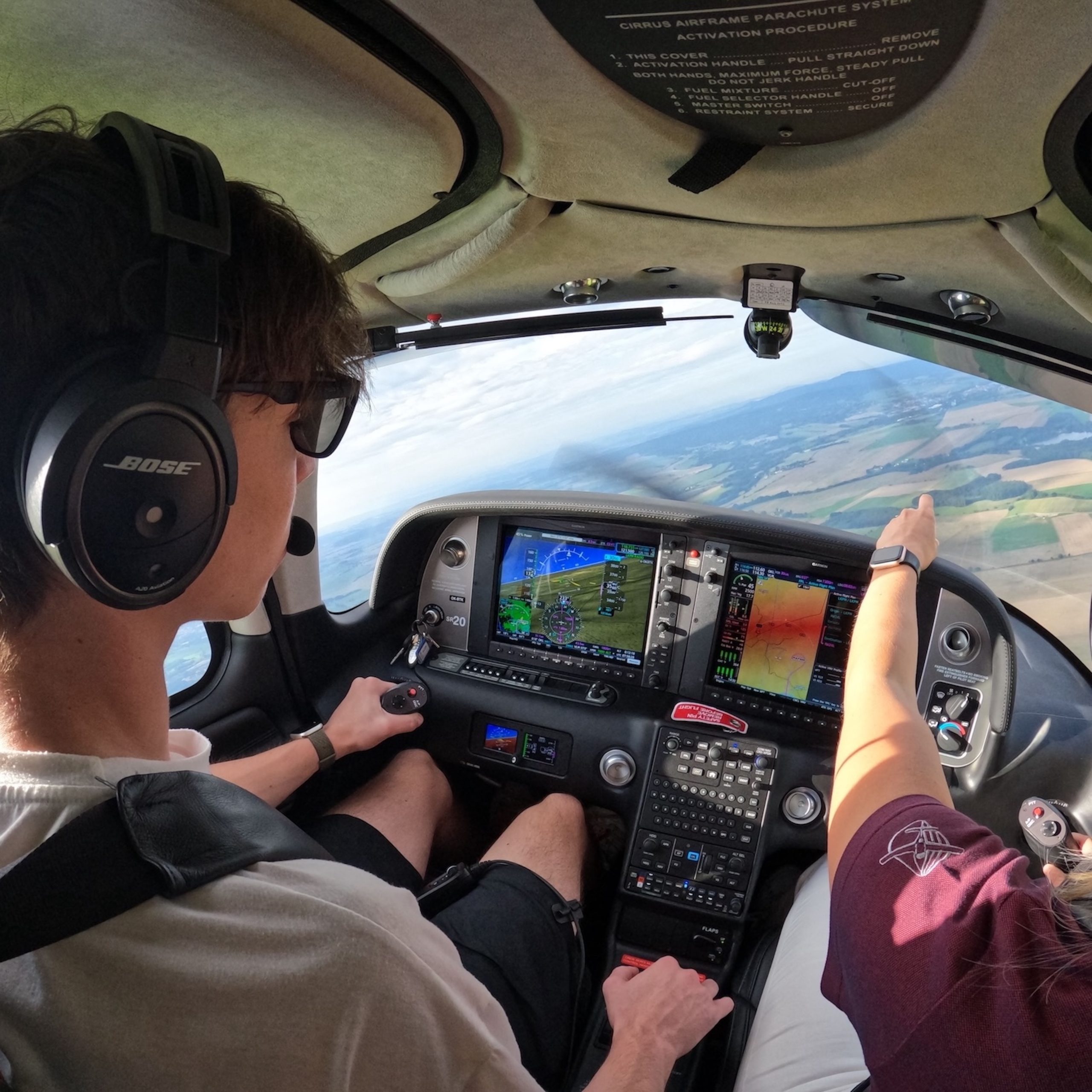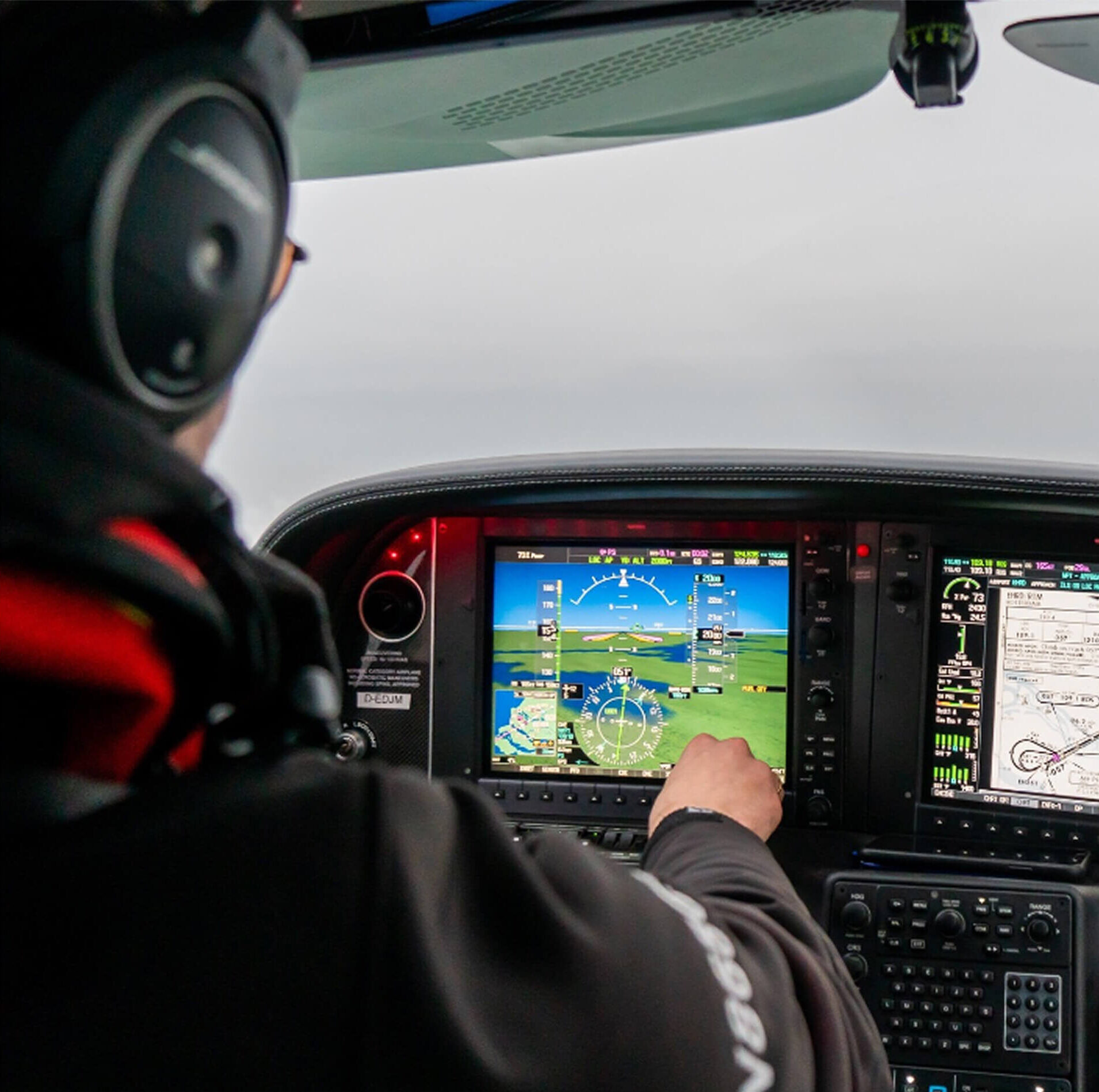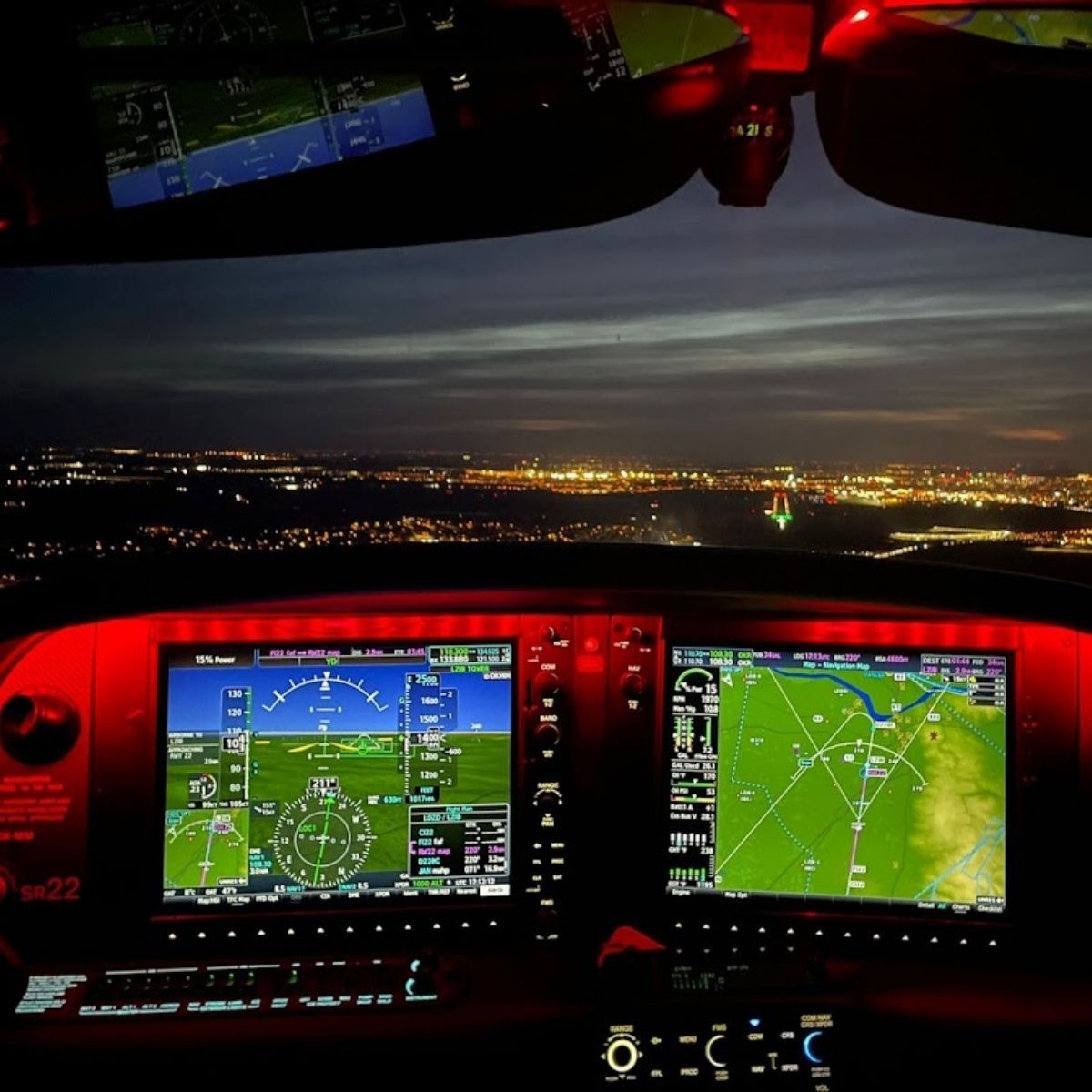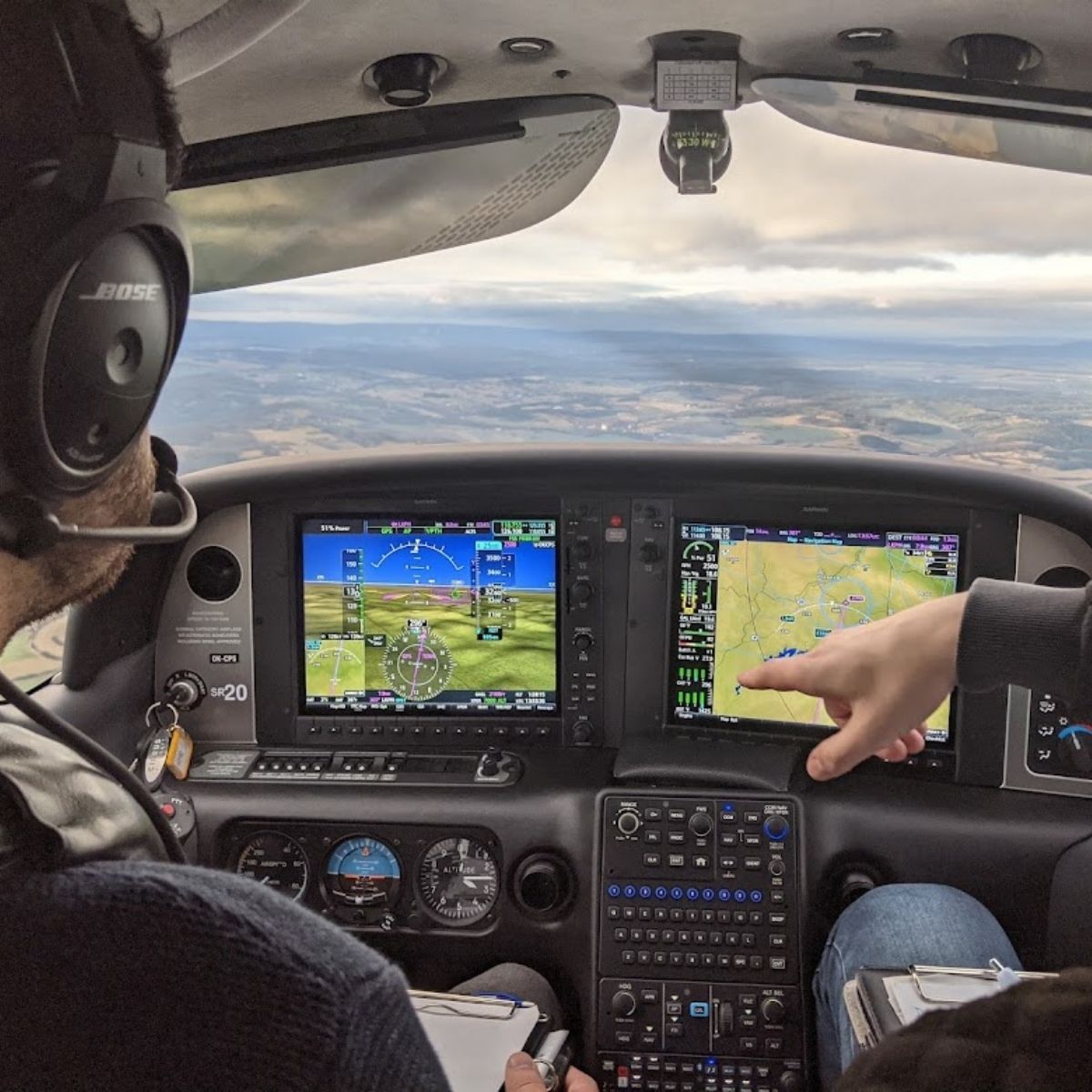Types of Pilot Training
- For those interested in more information
Are You Interested in
Cirrus Aircraft?
Private Pilot License - PPL(a)
The PPL(A) license is intended for pilots who want to fly aircraft with more than two seats and use them not only for recreation but also for private or business travel. It allows the holder to act as pilot-in-command of any single-engine piston aircraft (SEP) for non-commercial flights, up to a maximum certified weight of 5.7 tons.


Obtain your Basic Instrument Rating – BIR(A)
Enhance your qualifications – enroll in the course and earn your certificate. Additional sessions will take place in September and October based on individual arrangements and will be specified later.
Night Flying Qualification - VFR NOC
The night flying qualification allows the holder to fly at night according to Visual Flight Rules (VFR). Night flying training focuses on managing the increased, primarily psychological stress on the pilot caused by limited visibility of the ground, horizon, and other reference points, which makes spatial orientation more difficult.


Competency Based IR - CB-IR(a)
This training is designed to obtain a full instrument rating, especially for non-professional pilots. Competency Based IR training includes a smaller scope of theoretical and practical instruction and is primarily based on evaluating pilot competency. After successful examination, the pilot holds an IR(A) qualification and may begin conducting flights according to IFR (Instrument Flight Rules).
- Trust of Professionals Worldwide
Other types of Pilot Training
Light Aircraft Pilot
private or business travel. The LAPL(A) license allows the holder to act as pilot-in-command of any single-engine piston aircraft (SEP) for non-commercial flights, up to a maximum certified takeoff weight of 2,000 kg, with a maximum of 4 persons on board, including the pilot-in-command. LAPL(A) has lower medical fitness requirements than PPL(A).
100 hours of theoretical instruction, 30 hours of practical training, 2 months in training
Standardized Retraining
This training is designed for pilots with a PPL(A) license and ensures a smooth transition from another single-engine piston aircraft that may be equipped with completely different systems (electrical system, CAPS, etc.), avionics, or a different type of engine. It is tailored to the pilot’s experience and competencies. Basic transition training is only for VFR flights, while advanced transition training is designed for instrument flights.
Self-study on CirrusApproach.com, 6-10 hours of practical training, 3 days in training
Upset Prevention & Recovery Training
Upset Prevention Recovery Training helps pilots understand the causes and consequences of aircraft entering unusual attitudes and explains methods for resolving such situations. The pilot also learns how to prevent these situations altogether during training. The International Civil Aviation Organization (ICAO) has recommended including this training for obtaining a CPL(A) license. For ATPL(A), mandatory inclusion of UPRT training in the curriculum is being considered.
5 hours of theoretical self-study, 3 hours of practical training, 3 days in training
Basic Instrument Rating
The Basic Instrument Rating, abbreviated BIR(A), is a simplified instrument rating that allows the holder to operate down to a minimum of DH/MDH +200 feet, with an aerodrome ground visibility of 1500 meters or more, and cloud base no lower than 600 feet. This rating is intended for private pilots who wish to fly in instrument meteorological conditions (IMC) where the use of instruments is necessary for safe flight, thus helping to avoid “VFR into IMC” incidents. Please note that this qualification cannot be used as a credit toward a commercial pilot license (CPL).
Theoretical knowledge and flight training for the BIR are streamlined and reduced in scope, with the training tailored to the student’s skills and capabilities throughout the course.
Instrument Rating Instructor
Instrument Rating Instructor – extension of flight instructor qualification for training applicants for instrument flying qualification.
Training to Obtain Instructor Qualification
FI(A) training – Flight instructor qualification – qualifies pilots to perform the function of flight instructor on single-engine aircraft.
CPL(A), ATPL(A), MEP-land, FI(A), IRI
Courses on request
Validation and Conversion of Foreign Licenses
We provide conversion or validation of your pilot license obtained outside the EU (FAA, ICAO, etc.) to a pilot license according to European EASA legislation.
